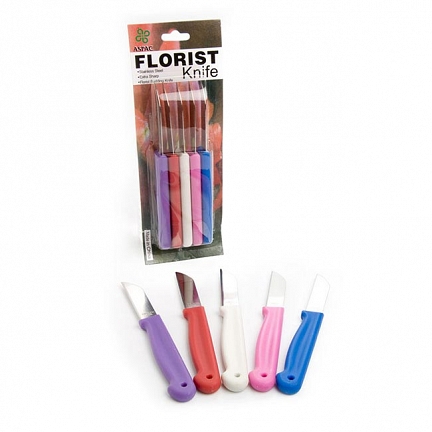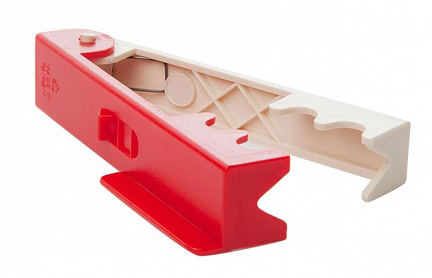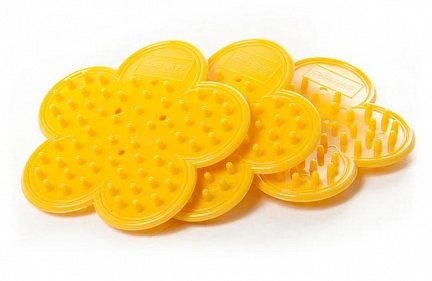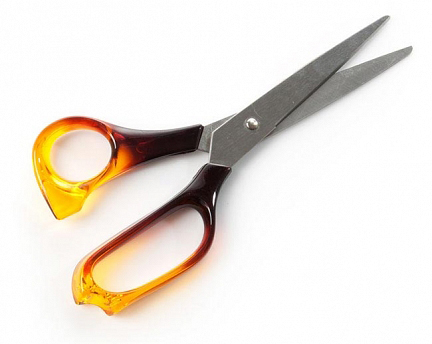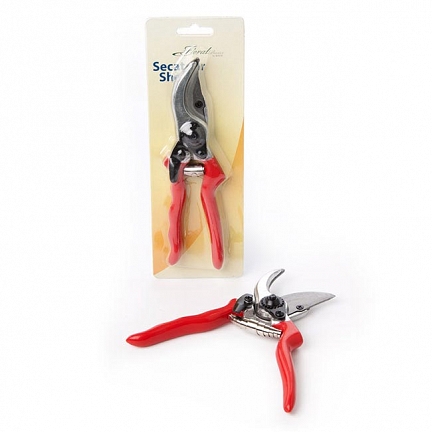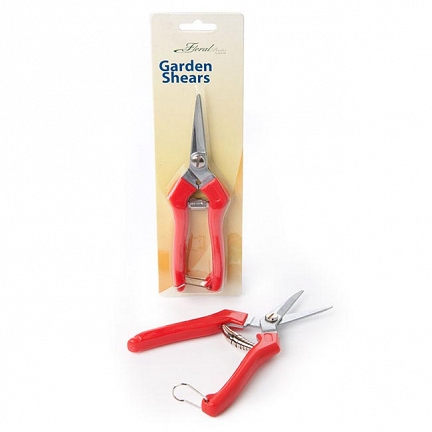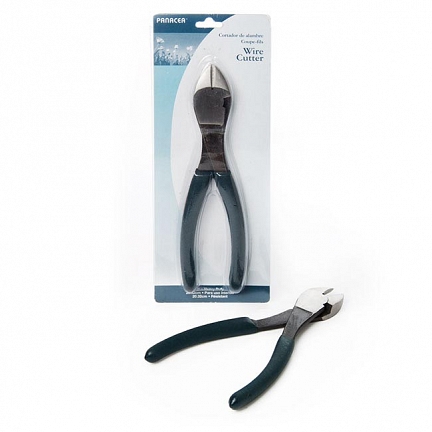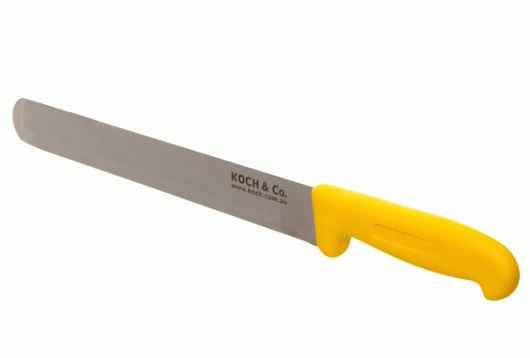
A Beginner's Guide to Floristry Cutting Tools
When it comes to florist cutting tools, there are a number of different tools for different jobs. Using the right tool for the job is crucial to deliver high quality arrangements. The quality of these tools determines how much of the stem is left on your flower, how many thorns are left on a rose, and how neat your final packaging is cut. In this guide, we’ll go through some of the instruments that every florist and DIY crafters should have on hand and what each tool does. Using good quality florist tools makes for better quality work with less effort.
Update: guide now includes new long blade floral foam knife.
Bud Knives a.k.a Florist Knives
Sometimes, when you want just the flower bud or head for a particular centrepiece or garland, you’ll want to remove part of the stem, and this is where floral knives and cutters come in handy. These little blades are hand-sized and very easy to hold, so you can have your flower in one hand and this handy tool in the other.
They are made sharp for a clean cut, causing as little damage to your flower bud as possible. Sometimes called a pearing knife and is also known as a florist knife.
Rose Strippers, or “Dethorners”
We all love roses, whether it is to give to a Valentine or to receive one on your birthday, but a protruding thorn will always make the situation a little less than perfect. This is where rose strippers or dethorners come in to save that painful prick of a finger. Designed to “strip” your rose stem clear of thorns quickly, this tool comes in different varieties – plastic and metal.
Another stripper in the market is the foliage stem stripper, which allows for a quick strip of all the protruding leaves off one stem. Rose strippers will not damage the rose stem preventing it from lasting.
Craft Scissors and Ribbon Scissors
In the floral world, there are two floral scissors that every florist will have: craft scissors and ribbon scissors.
Craft scissors have a large grip and shorter blade for a more precise and controlled cut for your flower stems and unwanted foliage. They can often be identified as the ones that are “short and fat”, where the short and flexible grip towers over the blade in size. On the other end, we have ribbon scissors. These are your typical scissors, but with much larger blades and odd-sized handles for a trigger-like grip.
Although these are for cutting fabric, paper and ribbons, florists will always have a pair to ensure all packaging is clean and professionally finished for final packaging purposes.
Secateurs & Trimmers
Also referred to as flower shears, these cutting tools are designed to cut through your flower stems and unwanted foliage. Although secateurs and trimmers do basically the same thing, they are slightly different in terms of appearance, and so we’ll start with large trimmers. Heavy-duty trimmers are big scissor-like tools with large open handles and comparatively tiny blades that you see gardeners wielding against thick hedges, and these are used to cut through very thick stems of particular plants. Small trimmers are the less intimidating of the two, and are brought out to trim your final product to perfection. Secateurs are like small trimmers, only that they have a curved or hooked blade to cut the hard-to-reach imperfections.
Secateurs and trimmers have straight handles unlike conventional scissors. They also have spring centres that allow the handles to coil open when being used. This is because you would usually use these to cut thicker stems or more than one stem at a time. Secateurs have a curved nose and corresponding blade that acts like a shear, typically used for thicker foliage. Trimmers have long handles and smaller noses to allow you to also cut through thicker foliage and are more agile than secateurs.
Wire Cutters
Although wire cutters seem to belong more in a handyman’s toolbox, florists have a great need for them too. Using florist wires is a very important part of flower arranging. There are many varieties of florist wires that a florist will use in contemporary arrangements or bridal bouquets so wire cutters are very important to a florist.
Wire cutters are also suitable for cutting or modifying artificial flower stems, as these beautiful ornaments can have stems made of wire for shaping and flexibility, and need to be cut safely if needed. They come in long and short, as well as sharp and blunt, for your cutting or bending needs.
Long Blade Floral Foam Knife
Featuring a long blade at 25cm makes this floral knife ideal for cutting floral foam with ease. This knife has been designed to cut smoothly and evenly through both wet and dry bricks of foam and is perfect for large and small shapes. Simply push down with both hands for a smooth and equal cut.
Safety & Storage
Working with sharp tools can always lead to accidents, so here are some tips to keep yourself from harm.
- Always “close” your cutting tools after usage, you don’t want to be reaching for them and get cut because the blade was exposed.
- When working with wire or other sharp materials that will be part of your final product, be sure to wrap it with green floral tape, so it’s both camouflaged and safe.
- Consider wearing gloves even if it cuts down on precision, this protects your hands from harmful tools or substances, like thorns and pesticide.
- Keep your tools clean and sharp to ensure fresh flowers and foliage are not damaged or infected.
- Finally, have one specific toolbox for all your florist equipment, so you’re not running around trying to find everything.
So now that we’ve gone through the instruments that every Florist & DIY Crafter should have in their inventory and what they do, you’ll be able to use these good quality florist tools for better quality work with less effort. Click here to view the complete range of florist cutting tools available at Koch & Co.
The post A Beginner’s Guide to Floristry Cutting Tools appeared first on Koch & Co Blog.

